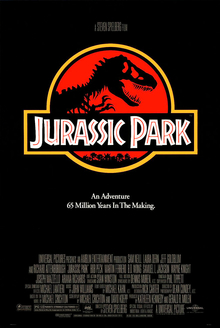"No one has ever built a statue to a critic, it's true. On the other hand, it's only the people with statues that get pooped on by birds flying by." Seth Godin
Yet we pay attention to them. We talk about how many stars a movie got or whether new software was highly rated or panned. We read the books they recommend and buy tickets to the plays they admire.
I think that there is an important role in society for quality critiquing of our arts and entertainment. First, it helps us sort through the endless stream of options to identify the handful of things we can reasonably expect to enjoy. Second, quality criticism can help us develop our critical viewing and reading skills. Reading solid, thoughtful critiques helps us to learn to look for the subtext and symbolism, the context and the character arcs of more subtly crafted films or books. Third, critiques provide us with the context and language to talk about the arts and entertainment we enjoy. I seriously doubt that many of us would be talking about sweep shots and casting coups if they weren't first discussed by a critic.
The challenge for critics is that the rug has been pulled out from under them.
Siskel and Ebert probably would have had a harder time getting started professionally today, because the role of critic has been democratized. It is easy these days for any user or viewer to weigh in on what they think of a movie, or an app, or a product. There are whole businesses that are built around consumer reviews; businesses such as Angie's List, which shares customer reviews of service companies.
As critiquing has gained prominence in our society, the role of critic seems to have diminished. Does the professional critic serve a purpose in a world when you can get the average rating of thousands of Amazon participants. Does a critic, despite facing competition from her very audience, contribute anything to the general conversation?
I feel that professional critics do serve an important purpose. That purpose is not in the ratings they give, but in the explanations that support those ratings. Critics give a context to their ratings which makes them far more valuable. To learn that a movie only got two stars is one thing. To learn that it got two stars because it has a clown in it and the reviewer hates clowns gives you a whole other perspective; especially if you also have strong feelings about clowns!
However, critical context can be found many places as well. Searching "movie blogs" on Bing generates almost 3 billion results. I am pretty sure a few of them are done by amateurs.
In the end, I think the role of the professional critic is going through the same transition as the role of the professional journalist. The rules are changing and the successful critics will change with them. Just this week, the Chicago Sun Times fired all of their staff photographers. They cited the need to increase the use of video as the reason. I suspect the need to control fixed costs also played a role in the decision. If major market newspapers are counting on freelance photographers to meet their needs, how far behind will wire service or crowd sourced critics be?
Perhaps the best roadmap was laid out by the recently deceased Roget Ebert. Not satisfied with being just a print journalist, he joined forces with the film critic from a rival newspaper and became a broadcast star. When cancer took his voice, he made sure he still had one by moving into social media. As you can see from the article below, even death hasn't stopped Mr. Ebert. His site lives on, providing film criticism and reviews.
Today's critic needs to leverage what ever credibility and audience she has into whatever media and format is looking for content. As so often happens, quality work will rise to the top and find its audience.
Related articles




























